Description
Why DiabeTi™ for Diabetes?
DiabeTi™ is highly recommended and faithful herbal formulation for management of diabetes. It contains three major blends of proven biologically active phytochemicals purely obtained from natural herbs. Herbs in DiabeTi™ have blood sugar lowering properties that make it useful for people with or at high risk of type 1 and type 2 diabetes. A number of clinical studies about ingredients in DiabeTi™ have been carried out that show potential links between herbal therapies and improved blood glucose control. This has led to an increase in people with diabetes using these more ‘natural’ ingredients to help manage their diabetes. The physiological parameters that regulate glucose metabolism and the pathophysiological changes that occur and that give rise to diabetes have been studied for years. These involve the interplay and function of multiple peripheral tissues, such as liver, muscle, and adipose tissue. In order to exert an effect, DiabeTi™ Herbal formulation modulate glucose at several different levels in multiple tissues.
Ingredients in DiabeTi™ synergistically modulate adipocyte function and thus, regulate endocrine secretions that play a role to enhance the skeletal muscle insulin action. DiabeTi™ also may regulate hepatic processes like hepatic gluconeogenesis, and may affect the whole-body glucose levels. Studies have shown that the ingredients in DiabeTi™ may also directly regulate insulin action in peripheral tissues such as skeletal muscle and adipose tissue.
Used to manage:
- Diabetes Mellitus
- Diabetic Complications
- Associated Lipid and Other Metabolic disorders
- Hyperlipidemia
- Atherosclerosis
Product highlight
Brand: DiabeTi™
Quantity: 2x 10 capsules, 20 Count
Dosage Form: Capsules
Strength: 500mg
Dosage: 1-2 Capsule a day with milk or water. Should be taken only as advised
Recommended Uses for Product: Dietary and nutritional supplement
Age Range (Description): Adult
Shelf life: 36 Months
1. Prakasam A, Sethupathy S, Pugalendi KV. Antihyperglycaemic effect of Casearia esculenta root extracts in streptozotocin-induced diabetic rats. Die Pharmazie. 2002 Nov;57(11):758-760.
2. Pari L, Amarnath Satheesh M. Antidiabetic activity of Boerhaavia diffusa L.: effect on hepatic key enzymes in experimental diabetes. J Ethnopharmacol. 2004 Mar;91(1):109-13. doi: 10.1016/j.jep.2003.12.013.
3. Pothuraju R, Sharma RK, Chagalamarri J, Jangra S, Kumar Kavadi P. A systematic review of Gymnema sylvestre in obesity and diabetes management. J Sci Food Agric. 2014 Mar 30;94(5):834-40. doi: 10.1002/jsfa.6458.
4. Gupta SS, Verma SC, Garg VP, Khandelwal P. Studies on the anti-diabetic effects of Casearia esculenta. Indian J Med Res. 1967 Jul;55(7):754-63.
5. Prakasam A, Sethupathy S, Pugalendi KV. Antihyperglycaemic effect of Casearia esculenta root extracts in streptozotocin-induced diabetic rats. Die Pharmazie. 2002 Nov;57(11):758-760.
6. Ayyanar M, Subash-Babu P, Ignacimuthu S. Syzygium cumini (L.) Skeels., a novel therapeutic agent for diabetes: folk medicinal and pharmacological evidences. Complement Ther Med. 2013 Jun;21(3):232-43. doi: 10.1016/j.ctim.2013.03.004.
7. Maiti S, Ali KM, Jana K, Chatterjee K, De D, Ghosh D. Ameliorating effect of mother tincture of Syzygium jambolanum on carbohydrate and lipid metabolic disorders in streptozotocin-induced diabetic rat: Homeopathic remedy. J Nat Sci Biol Med. 2013 Jan;4(1):68-73. doi: 10.4103/0976-9668.107263.
8. Uzzaman R, Ghaffar M. Anti-diabetic and hypolipidemic effects of extract from the seed of Gossypium herbaceum L. in Alloxan-induced diabetic rabbits. Pak J Pharm Sci. 2017 Jan;30(1):75-86. PMID: 28603116
9. Kulkarni YA, Veeranjaneyulu A. Effects of Gmelina arborea extract on experimentally induced diabetes. Asian Pac J Trop Med. 2013 Aug;6(8):602-8. doi: 10.1016/S1995-7645(13)60104-2.
10. Joseph B, Jini D. Antidiabetic effects of Momordica charantia (bitter melon) and its medicinal potency. Asian Pac J Trop Dis. 2013 Apr;3(2):93–102. doi: 10.1016/S2222-1808(13)60052-3.
11. Sen S, Singh R. Glycyrrhiza glabra alcoholic root extract ameliorates hyperglycemia, hyperlipidemia, and glycation-induced free iron-mediated oxidative reactions. J Food Biochem. 2021 Dec;45(12):e13970. doi: 10.1111/jfbc.13970.
12. Ramach, Vadivelan, R., Dipanjan, A., Umasankar, P., Dhanabal, S.P., Satishkumar, M.N., Antony, S., & Elango, K. (2011). Hypoglycemic, antioxidant and hypolipidemic activity of Asparagus racemosus on streptozotocin-induced diabetic in rats. Advances in Applied Science Research, 2.
13. Amin A, Lotfy M, Shafiullah M, Adeghate E. The protective effect of Tribulus terrestris in diabetes. Ann N Y Acad Sci. 2006 Nov;1084:391-401. doi: 10.1196/annals.1372.005.
14. Srividya N, Periwal S. Diuretic, hypotensive and hypoglycaemic effect of Phyllanthus amarus. Indian Journal of Experimental Biology. 1995 Nov;33(11):861-864.
15. Raphael KR, Sabu MC, Kuttan R. Hypoglycemic effect of methanol extract of Phyllanthus amarus Schum & Thonn on alloxan induced diabetes mellitus in rats and its relation with antioxidant potential. Indian J Exp Biol. 2002 Aug;40(8):905-9.
16. El-Mekkawy S, Meselhy MR, Nkobole N, Lall N. Three new α-glucosidase inhibitors from guggul, the oleogum resin of Commiphora wightii. Nat Prod Res. 2013;27(2):146-54. doi: 10.1080/14786419.2012.662651.
17. Muñiz-Ramirez A, Perez RM, Garcia E, Garcia FE. Antidiabetic Activity of Aloe vera Leaves. Evid Based Complement Alternat Med. 2020 May 24;2020:6371201. doi: 10.1155/2020/6371201.
18. Krisanapun C, Peungvicha P, Temsiririrkkul R, Wongkrajang Y. Aqueous extract of Abutilon indicum Sweet inhibits glucose absorption and stimulates insulin secretion in rodents. Nutr Res. 2009 Aug;29 (8):579-87. doi: 10.1016/j.nutres.2009.07.006.
19. Karlowicz-Bodalska K, Han S, Freier J, Smolenski M, Bodalska A. Curcuma Longa as Medicinal Herb In the Treatment of Diabetic Complications. Acta Pol Pharm. 2017 Mar;74 (2):605-610.
20. Zhang DW, Fu M, Gao SH, Liu JL. Curcumin and diabetes: a systematic review. Evid Based Complement Alternat Med. 2013;2013:636053. doi: 10.1155/2013/636053.
21. Li Y, Tran VH, Duke CC, Roufogalis BD. Preventive and Protective Properties of Zingiber officinale (Ginger) in Diabetes Mellitus, Diabetic Complications, and Associated Lipid and Other Metabolic Disorders: A Brief Review. Evid Based Complement Alternat Med. 2012;2012:516870. doi: 10.1155/2012/516870.
22. Nalamolu KR, Nammi S. Antidiabetic and renoprotective effects of the chloroform extract of Terminalia chebula Retz. seeds in streptozotocin-induced diabetic rats. BMC Complement Altern Med. 2006 May 7;6:17. doi: 10.1186/1472-6882-6-17.
23. Cefalu WT, Stephens JM, Ribnicky DM. Diabetes and Herbal (Botanical) Medicine. In: Benzie IFF, Wachtel-Galor S, editors. Herbal Medicine: Biomolecular and Clinical Aspects. 2nd ed. Boca Raton (FL): CRC Press/Taylor & Francis; 2011. Chapter 19.

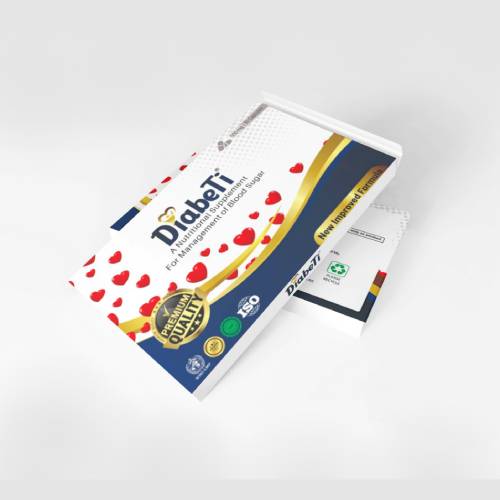
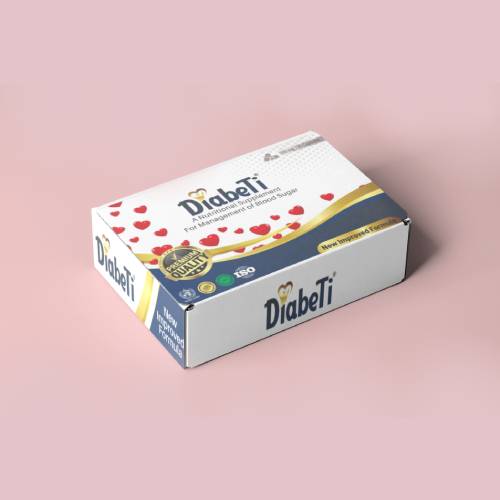
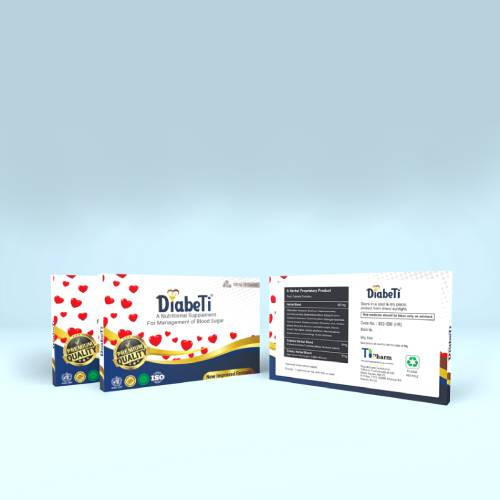

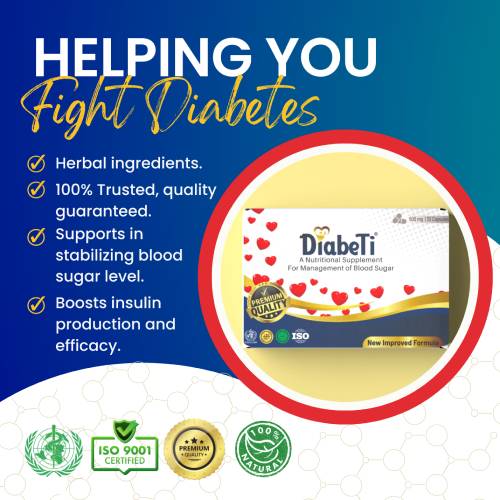
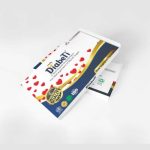
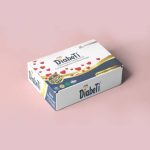
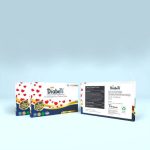




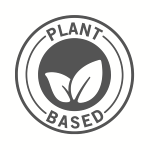


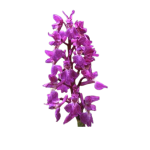
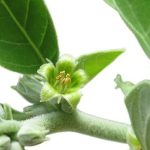
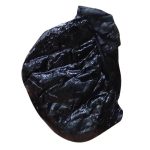
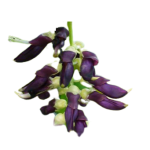
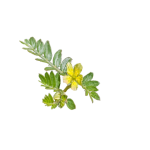
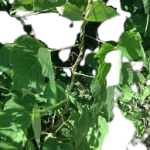
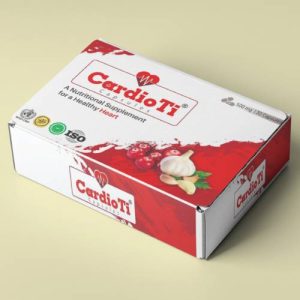
Reviews
There are no reviews yet.